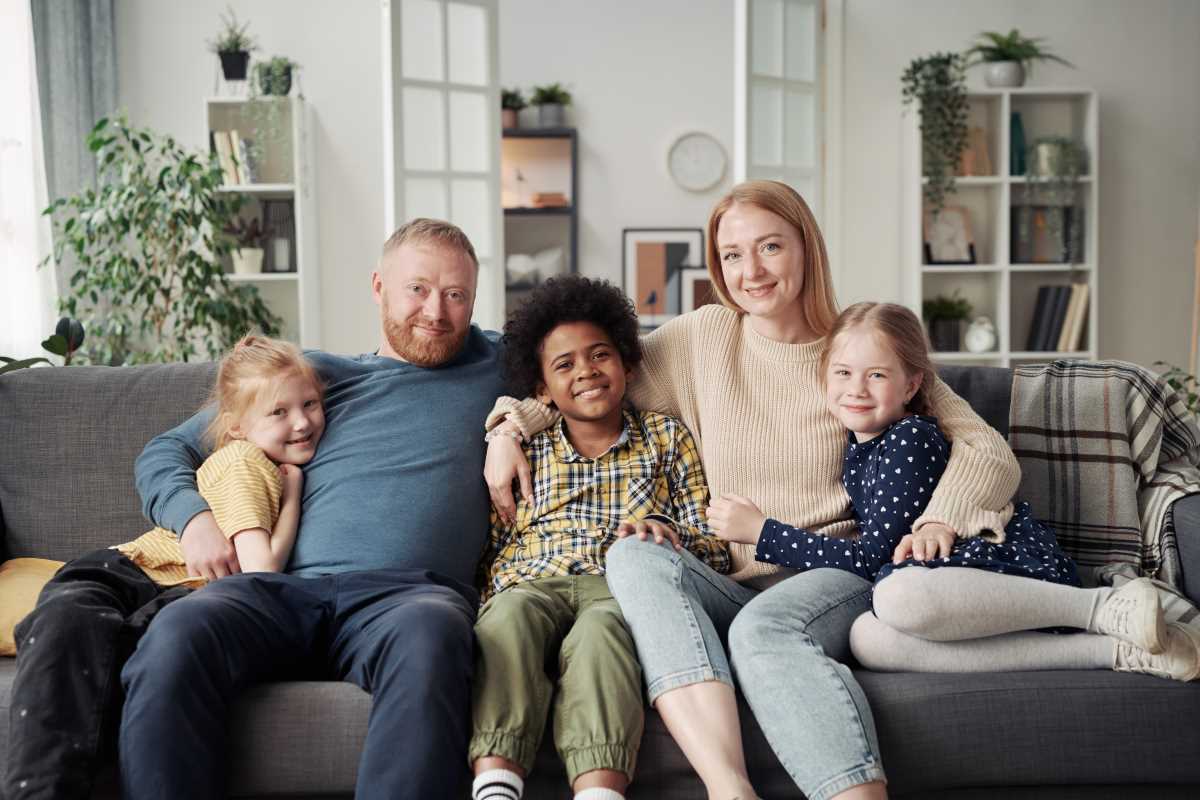Bringing an adopted child into your family is a life-changing event that represents love, growth, and opportunity. However, it can also be an emotional adjustment for your biological children as they adapt to new dynamics and the presence of a new sibling. Understandably, they may feel unsure about their place in the family or worry about sharing your attention. These feelings are normal and deserve thoughtful handling to foster a positive transition for everyone.
Here’s a guide for helping your biological children adjust to adopted siblings, complete with strategies and tips to build unity, inclusion, and understanding within your family.
Acknowledging Common Emotional Challenges
Biological children may experience a variety of emotions when a sibling is adopted. It’s important to validate their feelings, even if they don’t openly express them. Here are some common challenges they might face:
- Jealousy and Competition for Attention: Your biological kids might question if the adopted sibling will “take” their parents’ attention or love. This is particularly common if the adopted sibling requires extra care due to their age, trauma background, or adjustment needs.
- Fear of Change: Children thrive on stability and routine. The arrival of a new sibling, particularly one from a different background or culture, shifts the family dynamic. Your biological kids might wonder how their family life will be different moving forward.
- Confusion or Misunderstandings: Younger children may have difficulty understanding the concept of adoption. They might ask why their new sibling doesn’t look like them or why the child doesn’t yet feel like part of the family.
- Feelings of Being Left Out: If the focus shifts to the adopted child during the transition period, your biological kids may feel sidelined. They might think they’re not as “important” or that their needs are being overlooked.
Being proactive in addressing these challenges can ease the adjustment process and set a foundation for healthy sibling relationships.
Strategies to Help Your Biological Kids Adjust
1. Start the Conversation Early
Before the adoption process begins, involve your biological children in age-appropriate conversations. Introduce the concept of adoption as something positive and a way to grow the family. For example, you might say, “We’re thinking about bringing another child into our family to love and take care of. We’ll need your help to make them feel welcome.”
Answer their questions honestly and share what they should expect. This helps manage uncertainties and gives them time to process the changes ahead.
2. Encourage Your Child’s Role in the Process
Make your biological children feel like active participants in the adoption process. For example:
- Allow them to help prepare the adopted sibling’s room or pick out a special toy or item for the child.
- Include them in visits to meet the potential sibling or show photos of the child, if possible.
- Ask for their thoughts and feelings regularly—showing that their input matters reassures them of their importance in the family.
When they feel included, they’re less likely to see the adopted sibling as a “stranger” encroaching on their space and more as someone they welcomed themselves.
3. Create Expectations with Clarity and Love
Help your biological kids understand their new sibling may have unique needs. For example, if their adopted sibling is adjusting to a new language, culture, or environment, explain that the family’s initial focus might be on helping them feel comfortable.
However, clarify that this doesn’t mean you love your biological children any less. Reassuring them with statements like “Our family has more love to give, not less” can help alleviate worries about being replaced.
4. Foster Individual Time and Connections
Carve out one-on-one time with each biological child to maintain your bond and help them feel valued. Whether it’s a weekly outing, bedtime storytime, or simply a heart-to-heart conversation, these moments reinforce their importance in your life.
Similarly, encourage your biological kids to spend time with their new sibling in ways that feel natural, like playing games or helping with age-appropriate tasks. However, avoid forcing interactions—relationships need time to evolve.
5. Address Negative Feelings with Patience
Your biological child might express frustration or even resentment toward the adopted sibling. Rather than dismiss their feelings with “Just get along,” acknowledge their emotions while gently guiding them toward understanding.
If they say, “You only care about them now,” you could respond, “I understand that it feels that way, and I’m sorry you’re feeling upset. Can we talk about how we can make things feel fairer together?”
Open conversations like this ensure that your child feels heard, which helps reduce feelings of resentment or exclusion.
6. Celebrate Both Shared and Unique Traditions
To create a sense of family unity, involve both biological and adopted siblings in shared activities like movie nights or family dinners. At the same time, make room for individual traditions or cultural differences your adopted child may bring.
If the adopted sibling comes from a different cultural background, you can cook a dish from their culture or celebrate a traditional holiday. This teaches both biological and adopted children that diversity within the family is a strength.
7. Validate and Celebrate Efforts
Adjustments take time, so celebrate small wins along the way. For instance, if your biological child shares a toy with the new sibling or helps with a task, acknowledge their effort by saying, “I saw how kind you were today—I’m proud of you for being such a caring big brother/sister.”
Positive reinforcement encourages togetherness and shows that building a sibling bond is worth the effort.
Creating a Warm and Supportive Environment
Helping your biological kids adjust to their adopted sibling is an ongoing process. Be patient, empathetic, and attentive to their evolving needs. Remind them that family bonds grow over time and that it’s normal to feel uncertain at first.
With open communication, intentional efforts to involve your children in the process, and a focus on love and inclusion, you’ll create an environment where all siblings feel valued and supported. The road to becoming a harmonious family may have challenges, but it’s one filled with growth, compassion, and shared joy.







